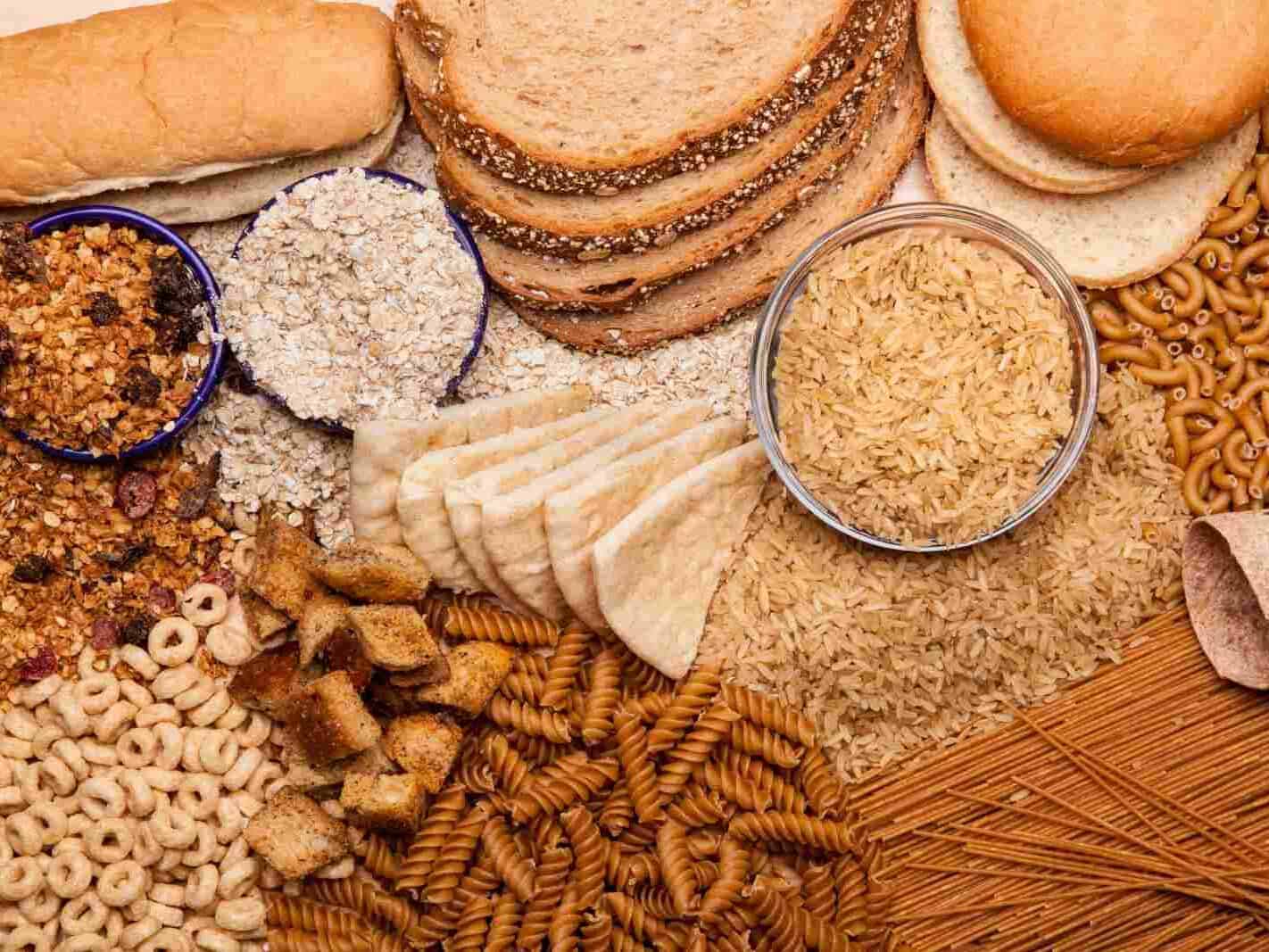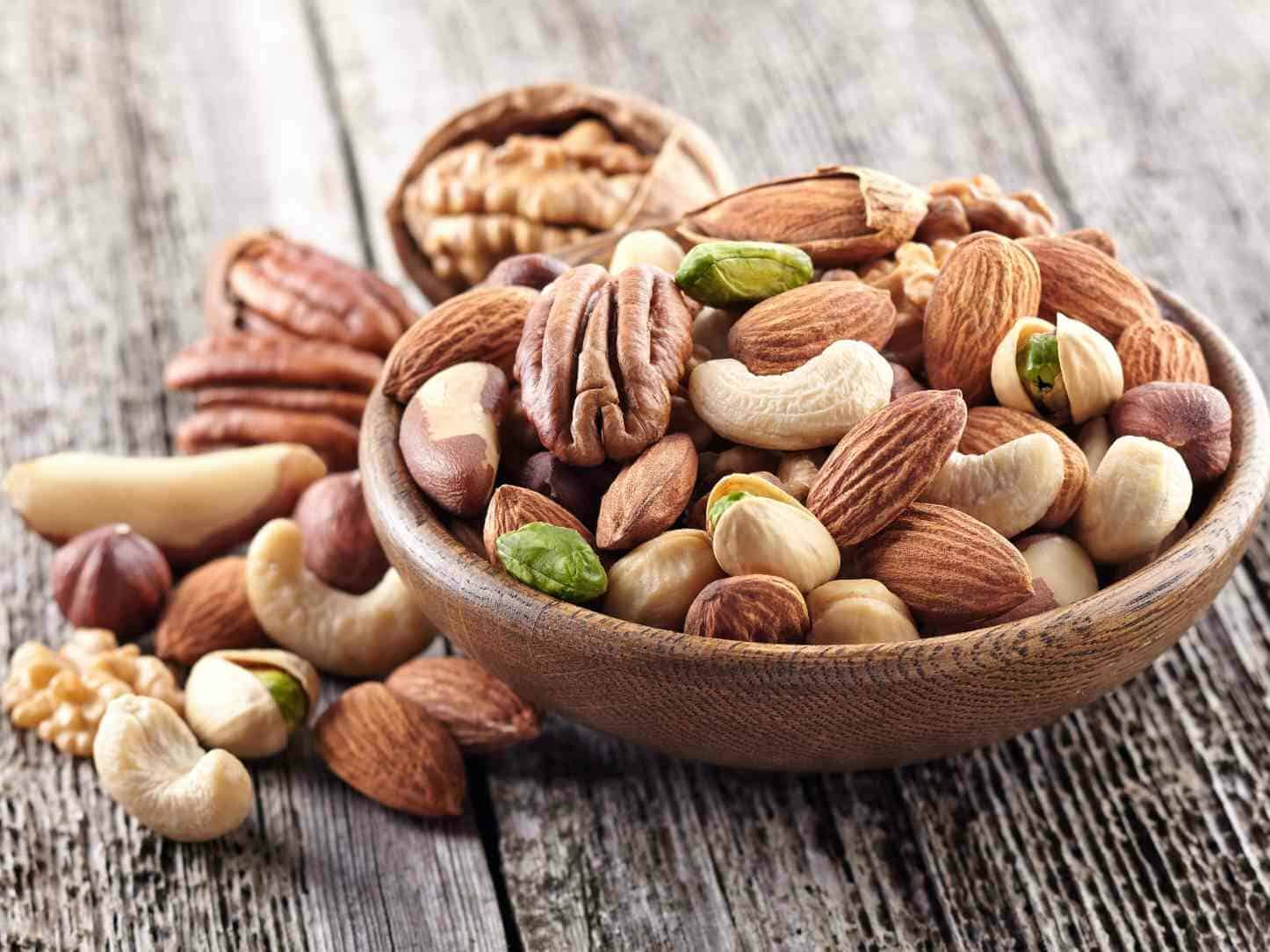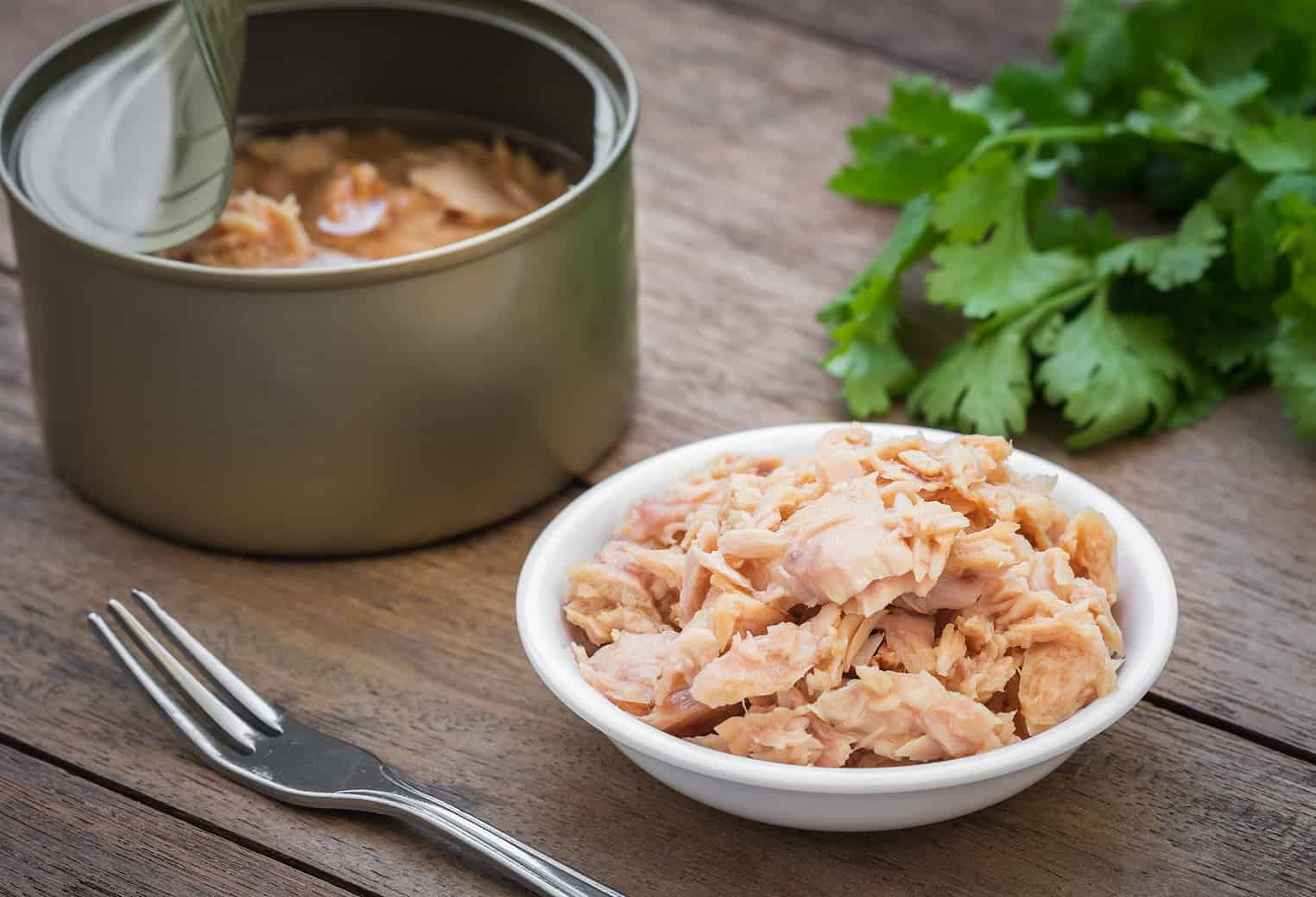Everything You Need to Know about the MIND Diet
A lot of research has gone into how to prevent Alzheimer’s disease and other dementias. One of the most popular diets in making recommendations for lifestyle changes for cognitive health is the MIND diet.
A Registered Dietitian breaks down the MIND diet and what you should be eating.
What is the MIND Diet?

The M.I.N.D. diet stands for Medietteran-DASH Intervention for Neurodegenerative Delay. The DASH diet, which stands for Dietary Approach to Stop Hypertension, is aimed at preventing or lowering high blood pressure. The Mediterranean diet focuses on incorporating more plant-based foods into the diet. The MIND diet is a combination of the principles of both dietary interventions with a focus on minimizing cognitive decline in the aging process.
What Types of Foods Are Recommended?

The MIND diet has 9 food groups it suggests to include and 5 food groups to limit. There are specific servings listed, but the recommended foods include whole grains, vegetables, leafy green vegetables, nuts, beans, berries, poultry, fish, and olive oil. The items noted to limit include pastries/sweets, red meat, cheese, fried foods, and butter/margarine. These guidelines emphasize the importance of increased plants, fiber, and lean protein in the diet.
Whole Grains

The MIND diet recommends 3 servings per day of whole grains. This looks like 1 slice of whole wheat bread or 1/2 cup of cooked brown rice or whole wheat pasta.
Vegetables

At least 1 serving of vegetables other than leafy green varieties is recommended per day. Examples include carrots, broccoli, sweet potatoes, radishes, and zucchini.
Leafy Green Vegetables

At least 6 servings of leafy green vegetables are recommended per week. Leafy greens include salad greens like arugula, spinach, spring mix, and romaine lettuce; hearty greens like collard greens and Swiss chard; and cruciferous greens like cabbage and kale.
Nuts

The MIND diet recommends 5 servings of nuts per week. Nuts are good sources of unsaturated fats and may help benefit cognitive health. There are many varieties to choose from like walnuts, cashews, almonds, pecans, and hazelnuts.
Beans

The MIND diet recommends at least 4 bean-based meals per week. Beans are good sources of fiber and protein. Try varieties like garbanzo beans, edamame, tofu, pinto beans, and kidney beans. They can be found in canned, frozen, or dry preparations.
Berries

Unlike the DASH and Mediterranean-style diets, the MIND diet stands out for its recommendation of 2 servings of berries per week. Other dietary patterns typically group all fruits together, but berries are especially high in antioxidants, vitamins, and fiber. Berries like raspberries, blueberries, strawberries, and blackberries are freshest in the summer but can be found year-round frozen. Goji berries can also be found dried.
Poultry

The MIND diet recommends at least 2 meals a week be poultry, which is typically chicken or turkey. These meats are lean, meaning that they are lower in saturated fats compared to red meats like beef and pork.
Fish

The MIND diet recommends at least 1 meal a week be fish. Fish is another lean source of protein and also contains omega-3 fats in varieties like salmon, sardines, and mackerel.
Olive Oil

Olive oil is the primary fat recommended in this diet. It is an unsaturated fat like other vegetable oils but contains higher amounts of omega-3 fatty acids. Look for extra virgin olive oil for the maximum antioxidant properties.
Foods to Limit

Similar to the DASH diet, the MIND diet has restricted servings of certain food groups. Red meat is limited to less than 4 servings per week, desserts with added sugars are limited to less than 5 servings per week, cheese and fried foods are limited to 1 serving a week, and solid fats like butter are limited to 1 tablespoon serving per day.
Is This the Right Dietary Pattern for Me?

Overall, this dietary pattern focuses on adding whole foods and plant-based foods into the diet which has benefits for people of all ages regardless of the type of chronic condition. While more research is needed on mitigating dementias, this type of eating is a great way to support a healthier lifestyle.

